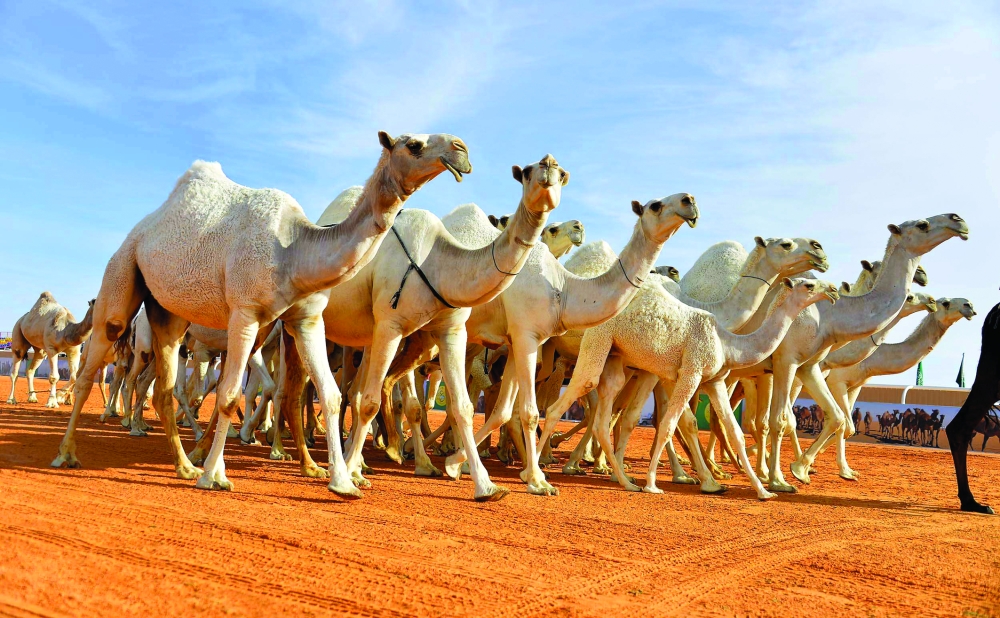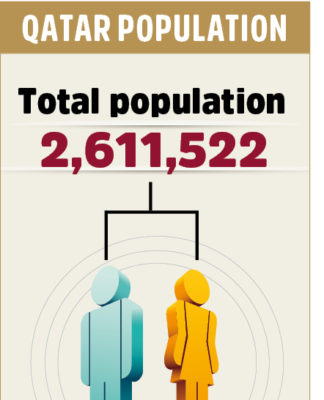The latest statistics on livestock in Qatar issued by the Ministry of Municipality and Environment revealed at the end of August 2020 that the cumulative census of camels, cows, sheep and goats reached about one million and 500 thousand head.
According to statistics published by Al-Sharq, the number of sheep is the highest, as it is about 926,723 heads in five municipalities, including the municipality of Umm Salal, Al-Shamal, Al-Rayyan, Al-Wakrah and Al-Khor, while the statistics did not include sheep that are raised in the municipality of Doha.
Goat raising comes in second place, as its number in all municipalities is about 395 thousand and 335 head .. Camel raising is ranked fourth, as its numbers in the six municipalities in the country reach about 119 thousand and 614 heads, according to the latest statistics as was indicated.
Al Rayyan in the lead
Al-Rayyan municipality leads all municipalities in terms of halal breeding – from camels, cows, sheep and goats – as the combined number is about 828 thousand and the number of camels in this municipality is about 103 thousand and 498 heads, while the number of cows is about 8 thousand and 462 head of cows. The people of Al-Rayyan are most interested in them, as their number is about 488 thousand and 21 heads of sheep, followed by goats in terms of the number of 228 thousand and 64 heads, and these numbers make Al-Rayyan region the most contributing to the livestock in Qatar.
Al Khor municipality comes in second place in terms of contributing to livestock, just as the Al Khor municipality is distinguished for being the top municipalities in raising cows, as there are in this region about 30 thousand and 299 heads of cows .. Then comes Al Rayyan municipality, but the difference between them is very large as the number of cows In Al-Rayyan region, the 9,000 heads do not reach … and the number of sheep in Al-Khor municipality is about 255,674, followed by goats, their number is about 86,88.
According to statistics, the number of camels in the municipality of Al Wakra is 5 thousand and 221 heads, while the number of cows is about one thousand and 72 heads, and the number of sheep is about 59 thousand and 116 heads, while the number of goats is about 34 thousand and 482 heads.
111 thousand heads in the north
The northern municipality embraces about 111 thousand heads and 938 heads of camels, cows, sheep and goats … where the number of camels is 2 thousand and 21 camels, while the number of cows is about one thousand and 480 heads and the number of sheep is about 83 thousand and 118 heads, and the number of goats is about 25 thousand and 319 heads.
In the municipality of Umm Salal, the number of camels is about two thousand and 880 heads, and the number of cows is about two thousand and 15 heads, but the number of sheep is the second after the municipality of Al-Rayyan, as the number reaches about 40 thousand heads and 794 heads, and the number of goats is about 21 thousand and 382 heads.
The number of halal owners
The number of citizens who possess livestock is about 13,366 citizens, most of them are in Al-Rayyan region, as the number of halal owners is about 8,000 and 637 people, followed by the Al-Khor region, where the number of halal owners is about two thousand and 581 citizens.
Engineer Abdulaziz Al-Ziyara, Director of the Animal Resources Department, indicated in an exclusive dialogue with Al-Sharq to several initiatives and programs by the concerned administration aimed at encouraging halal breeding in farms and small farms, providing a strategic stock of food-producing animals in the country, and reducing breeding and production costs for small breeders. The initiatives include providing concentrated feed for the beneficiaries of the initiative to support local production of sheep and in partnership with the Widam Company. The initiatives also include the numbering of live animals that fall within the program of support for barley and barley in coordination with the Ministry of Trade and Industry (catering) in addition to facilitating entry to the local market by establishing Several outlets for selling live animals and involving local sheep producers as part of the sacrifice provision initiative and working to facilitate access to animal production support services in all farm complexes.
It is known that the Livestock Department, in cooperation with the relevant sectors in the country, and within the framework of the farm complexes development programs, facilitates the access of electricity and water to the farm complexes, which would reduce the costs of services in general, and contribute to encouraging breeders to use modern and smart technology in raising and producing livestock Living to raise productive efficiency and reduce dependence on labor.






























